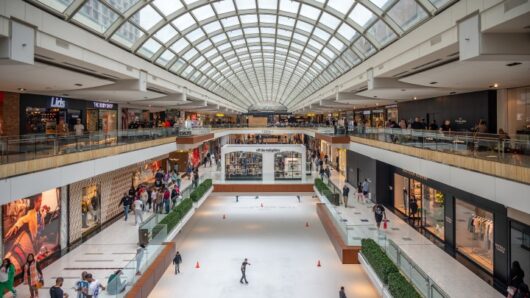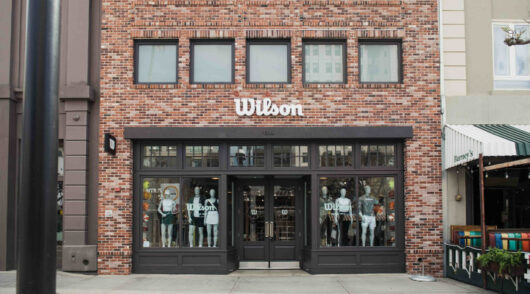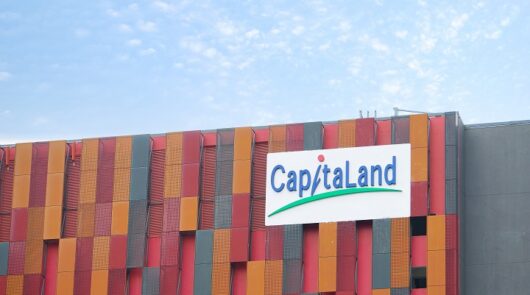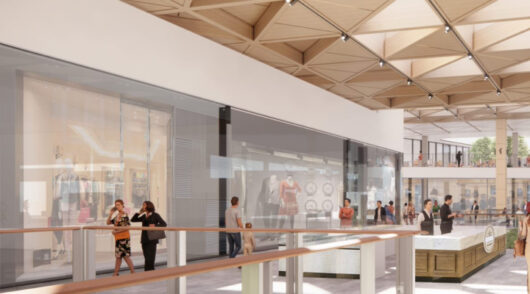The widespread adoption of next-gen barcodes (otherwise known as 2D) is not only transforming the way we interact with products but also reshaping the landscape of business operations and consumer engagement. As we look more closely into this shift, it becomes clear that the next generation of barcodes heralds many benefits for retailers, consumers and the broader global economy.
The barcode’s journey began 50 years ago, with the linear barcode introduction. The first barcode was scanned on a pack of Wrigley’s Juicy Fruit chewing gum in an Ohio supermarket. This revolutionised the retail sector by streamlining checkout processes and reducing errors. Now the ‘beep’ at the checkout is part of everyday life.
The emergence of next-gen barcodes also represents a quantum leap in data storage capacity and functionality. Unlike their linear predecessors, next-gen barcodes can store more data in a compact space, enabling brand owners to include detailed information about products, such as expiration dates, batch numbers and even URLs, for additional consumer engagement.
- Consumers expect a retail environment that delivers consistency across their physical and digital experiences. Retailers need to embrace a new channel model, that uses data to blend experiences around the consumer, in any context.*
One of the defining features of the next-gen barcodes is their compatibility with smartphones, thanks to the QR Code format. The seamless integration with mobile devices empowers consumers to access multiple types of product information instantaneously.
For retailers, the inclusion of date codes and batch numbers contributes to operational efficiency and customer satisfaction, driving overall productivity gains. An early adopter of next-gen barcodes is Woolworths. Through strategic implementation across its private-label fresh products, Woolworths has witnessed remarkable improvements in productivity, food safety and waste reduction of up to 40 per cent. With over 9 million next-gen barcodes scanned every week, Woolworths exemplifies the tangible benefits that come with embracing these innovative barcodes.
Internationally, Tesco the UK’s biggest supermarket, is in favour of the smaller packaging footprint that the next-gen barcodes offer. It sees opportunities to engage with customers via smartphones and believes its in-store point-of-sale (POS) hardware is already capable of supporting them. Thailand’s 7-Eleven uses barcodes to control freshness and improve use-by-date management. Like Woolworths, 7-Eleven Thailand’s POS scanners can stop the sale of out-of-date products at the checkout. The momentum behind this transformative technology is undeniable. The opportunities for innovation and optimisation are vast and forward-thinking. Businesses are recognising the imperative to adapt and embrace the future.
The rise of 2D barcodes marks a paradigm shift in the way we interact with retail products and information. As retailers and consumers embrace this technology, the stage is set for a new era of efficiency, transparency and innovation. The global industry has set 2027 as the date by when all retail point-of-sale systems will aim to scan 2D Barcodes worldwide. It is exciting: the opportunities are substantial and the time for brands to get started is now.
- Scan the 2D barcode and experience a demonstration of what the innovative technology can offer or click here.






